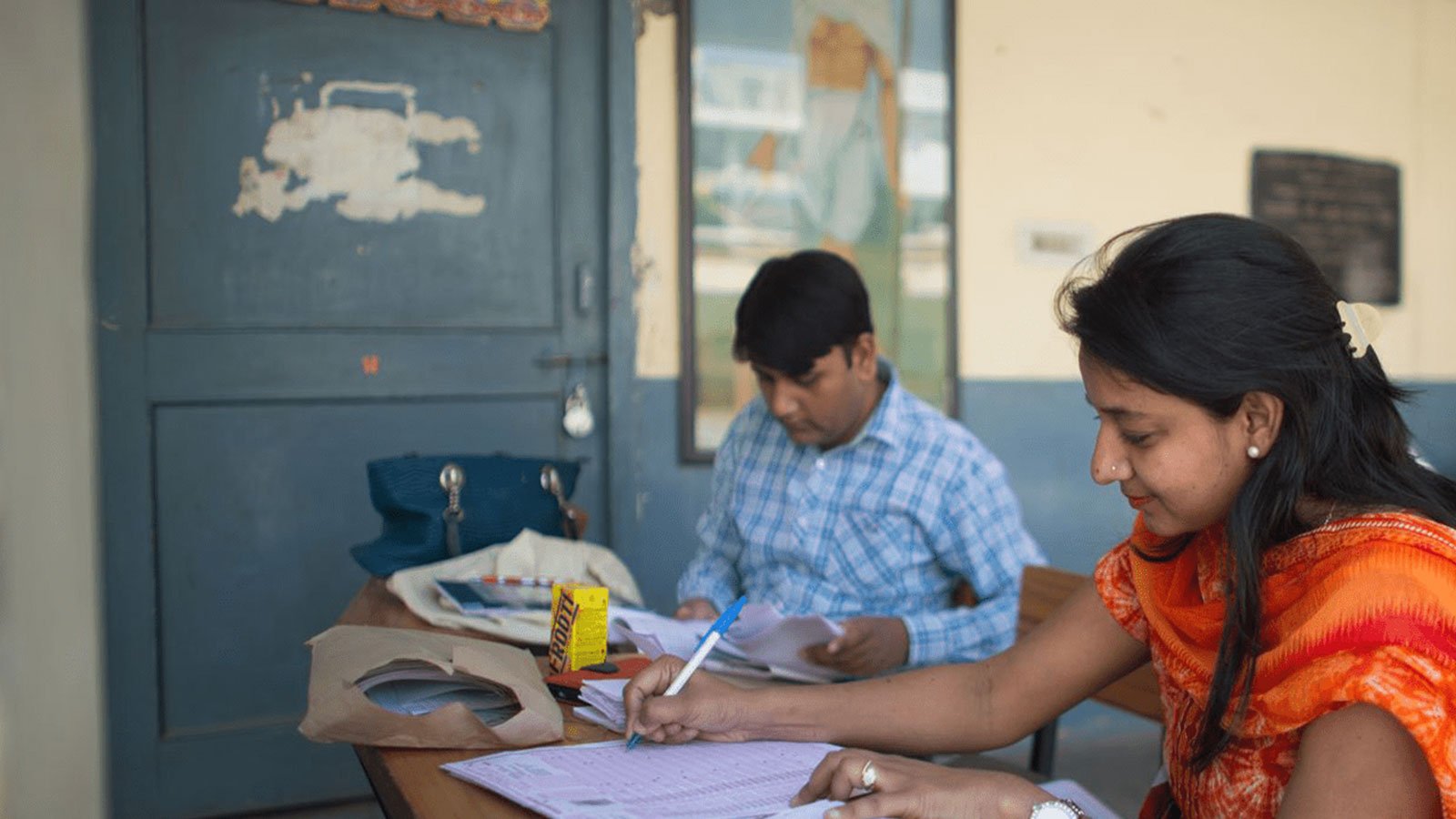Himachal Pradesh in India has approximately 40,000 elementary school teachers. These teachers need to be trained every year by the Department of Elementary Education (DEE).
Creating and providing training for 40,000 teachers dispersed throughout the state is a daunting task, made even more daunting by the training model:
- The training curriculum is developed and approved at the state level by the DEE;
- Experts at the state level provide the training to “master trainers”;
- The master trainers then provide that same training to smaller sized groups in districts and blocks; and finally,
- The resource groups train all of the 40,000 elementary school teachers over the course of eleven days every year.
What could go wrong?
It turns out, a lot can go wrong in this type of cascading training model. At the very top of the chain, the curriculum developed for teachers did not include any input from teachers that would make the content effective in addressing challenges they face in the classroom. Moving on down the chain, the trainings could not be administered at every level with stringent quality – too many people were involved in passing the message along for the content to stay true to its origins.
The DEE could see that there were issues with their model. Using surveys and other tools, they collected a lot of data about what all the involved stakeholders thought about the current model, and then they set about creating a plan to fix it. Together with teachers, they developed a plan that included in-person and video programming to help bring the content to life for teachers. They leveraged TheTeacherApp, which could be used via mobile or web, and includes content for teacher training, and subject-level content for students that is customized to the needs of each district. Most importantly, training content has started flowing to the teachers without any transmission loss, and in consumable bite-sized forms to be used when they are teaching those topics.
The teacher training reform is just one part of our work to improve schools in India. Our systemic approach to school improvement includes a focus on academic and administrative reforms to reach every part of the education system.
Learn more about the lessons learned from our systemic reform work in Haryana, Rajasthan, Himachal Pradesh, and Andhra Pradesh here: Round Table on Systemic Transformation of Government Schools in India.
